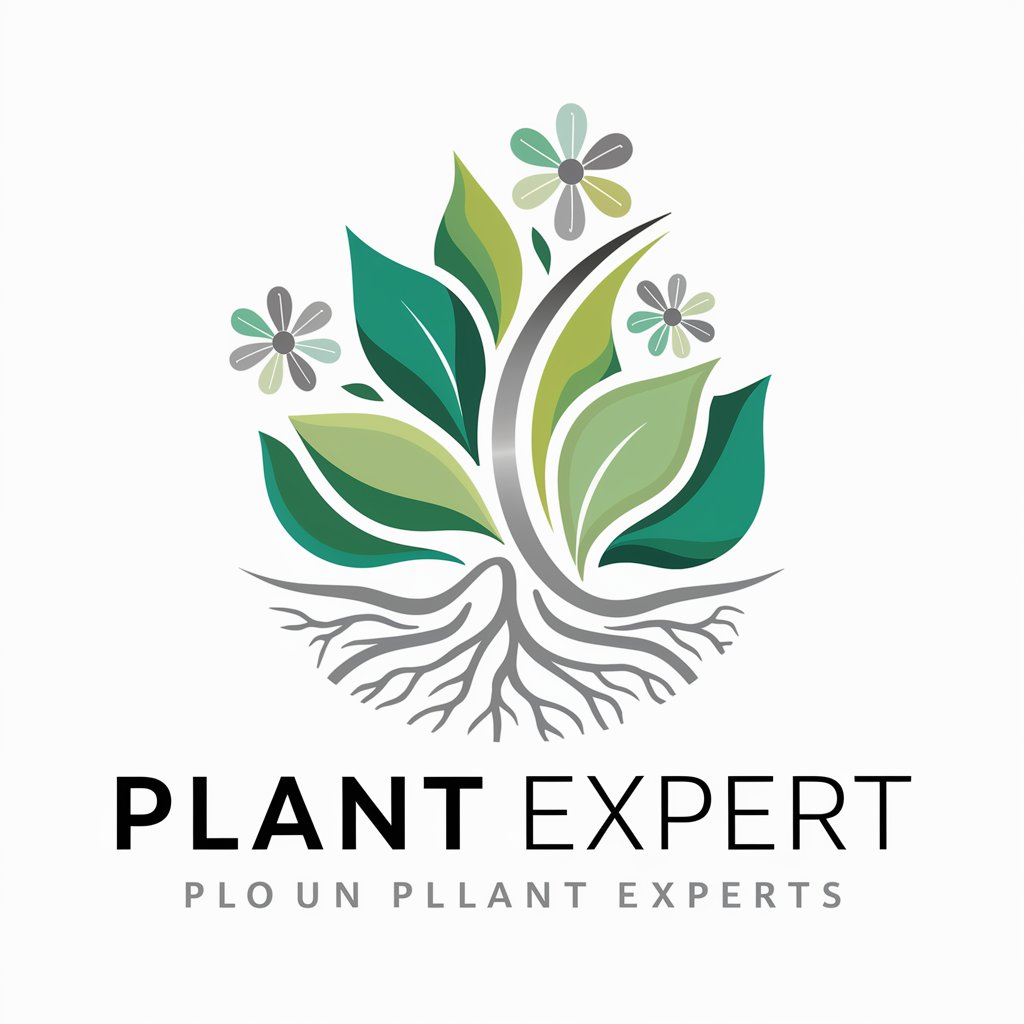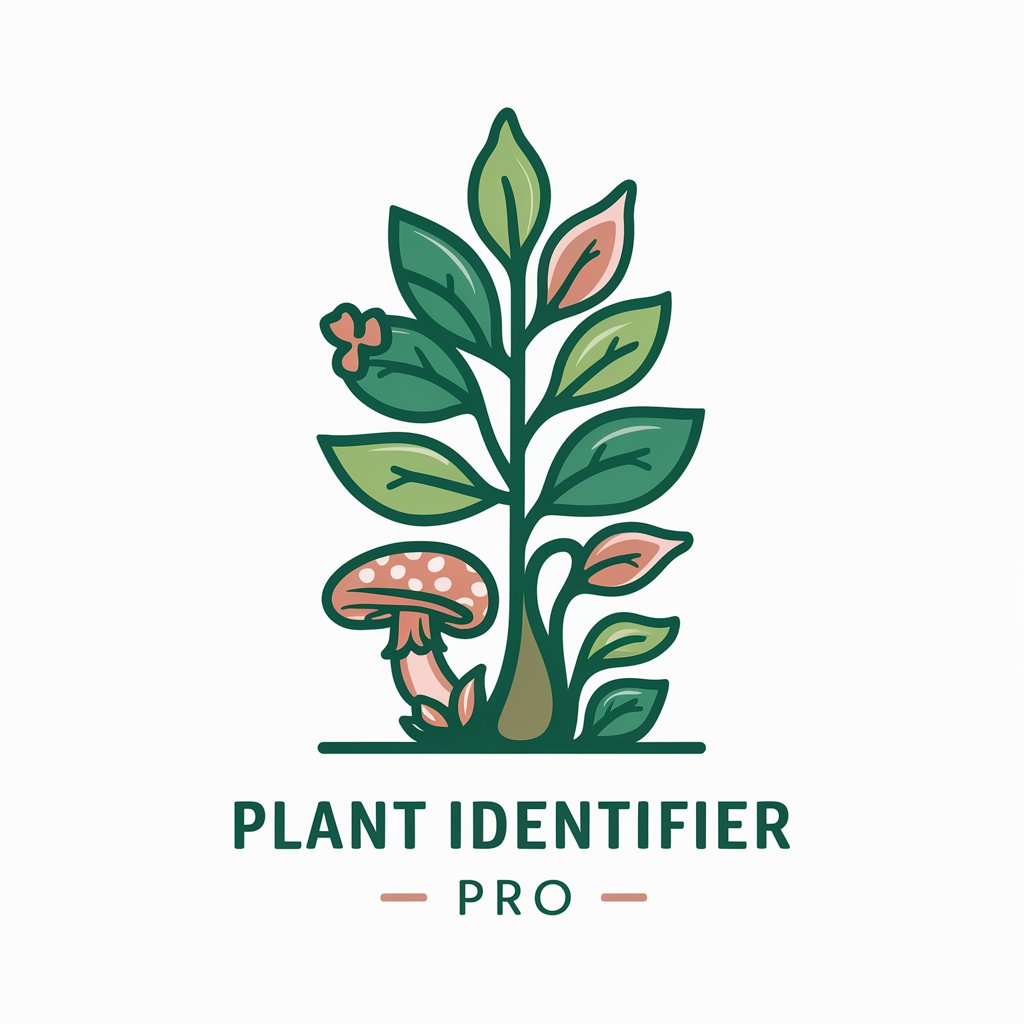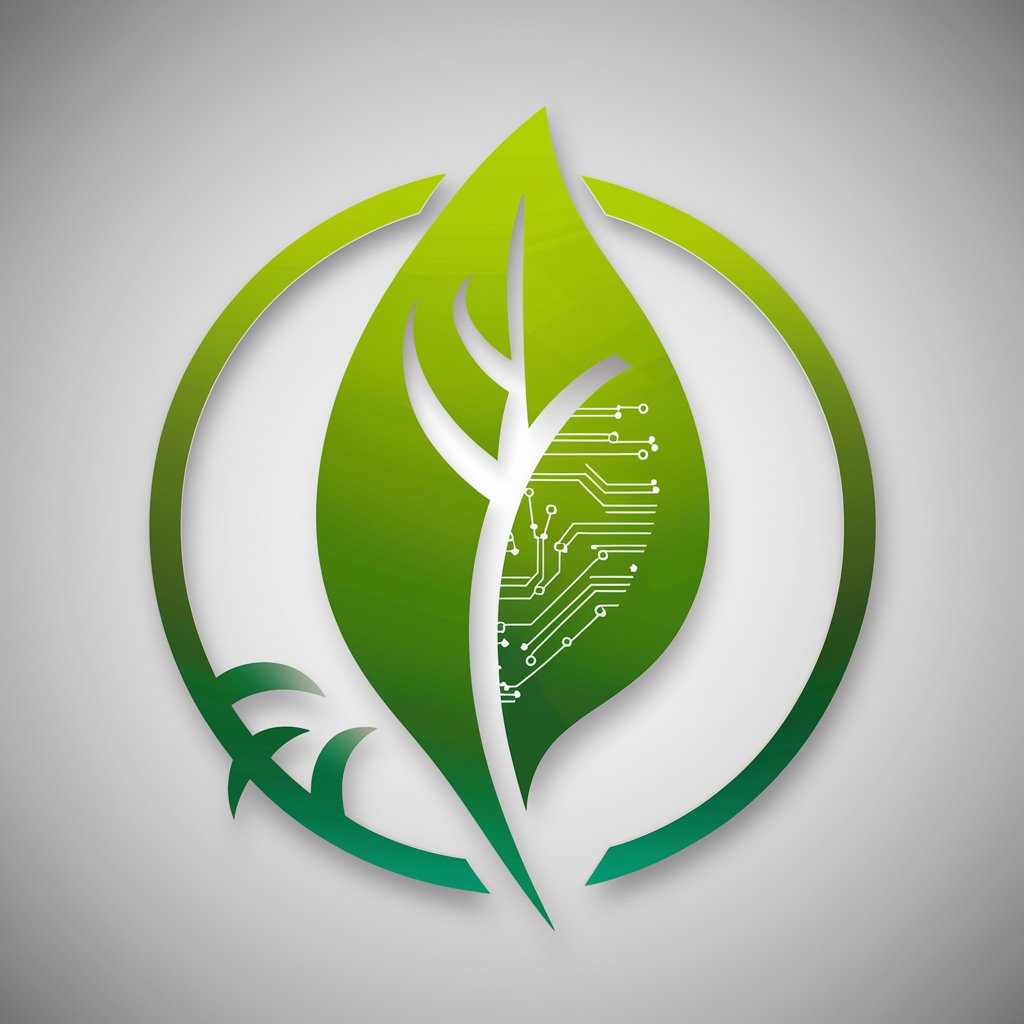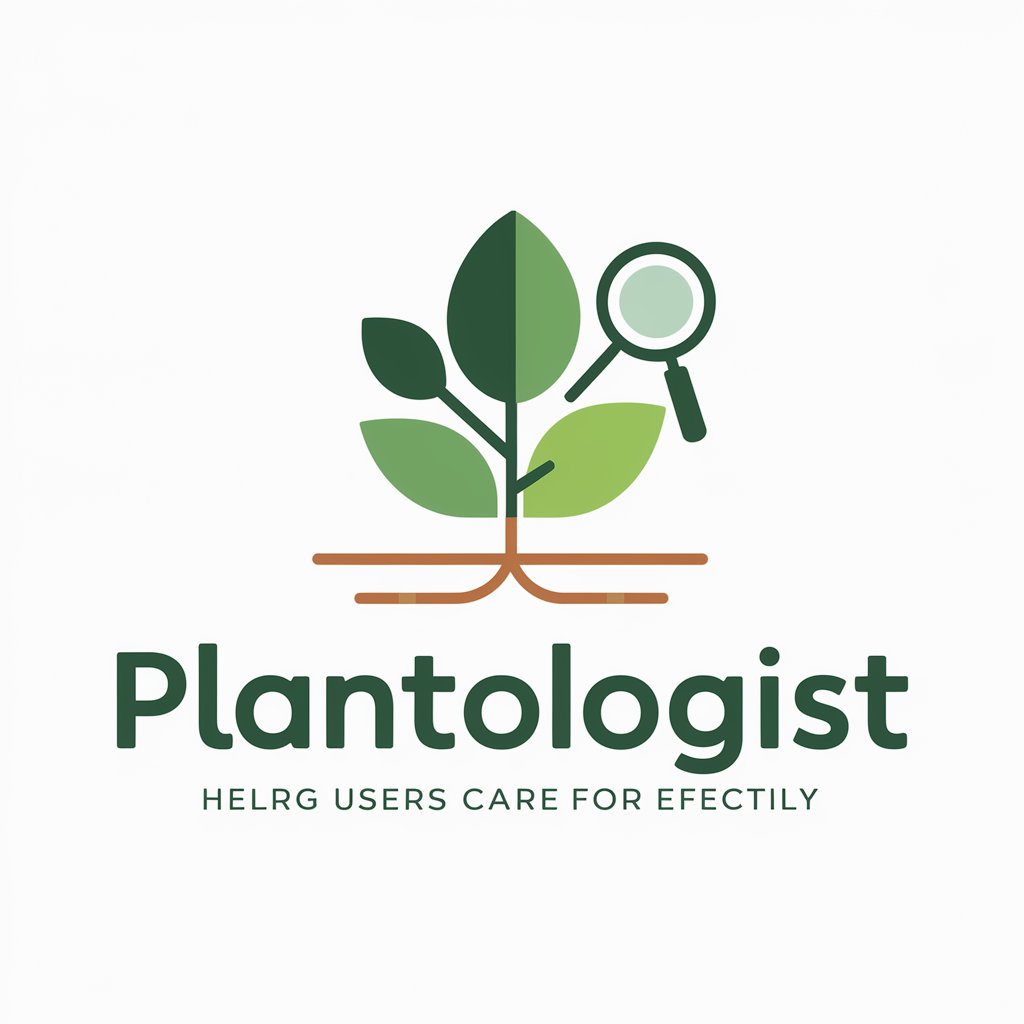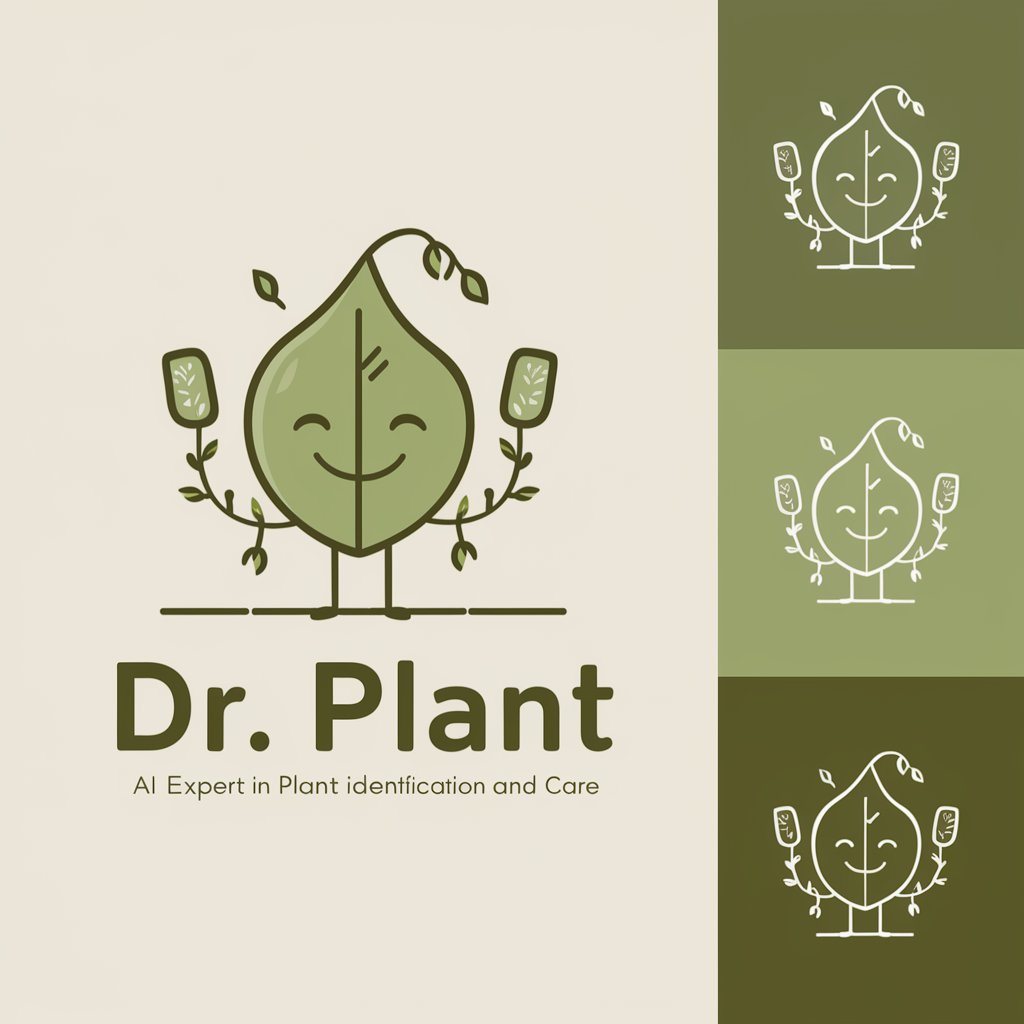
Plant ID - Plant Identification AI
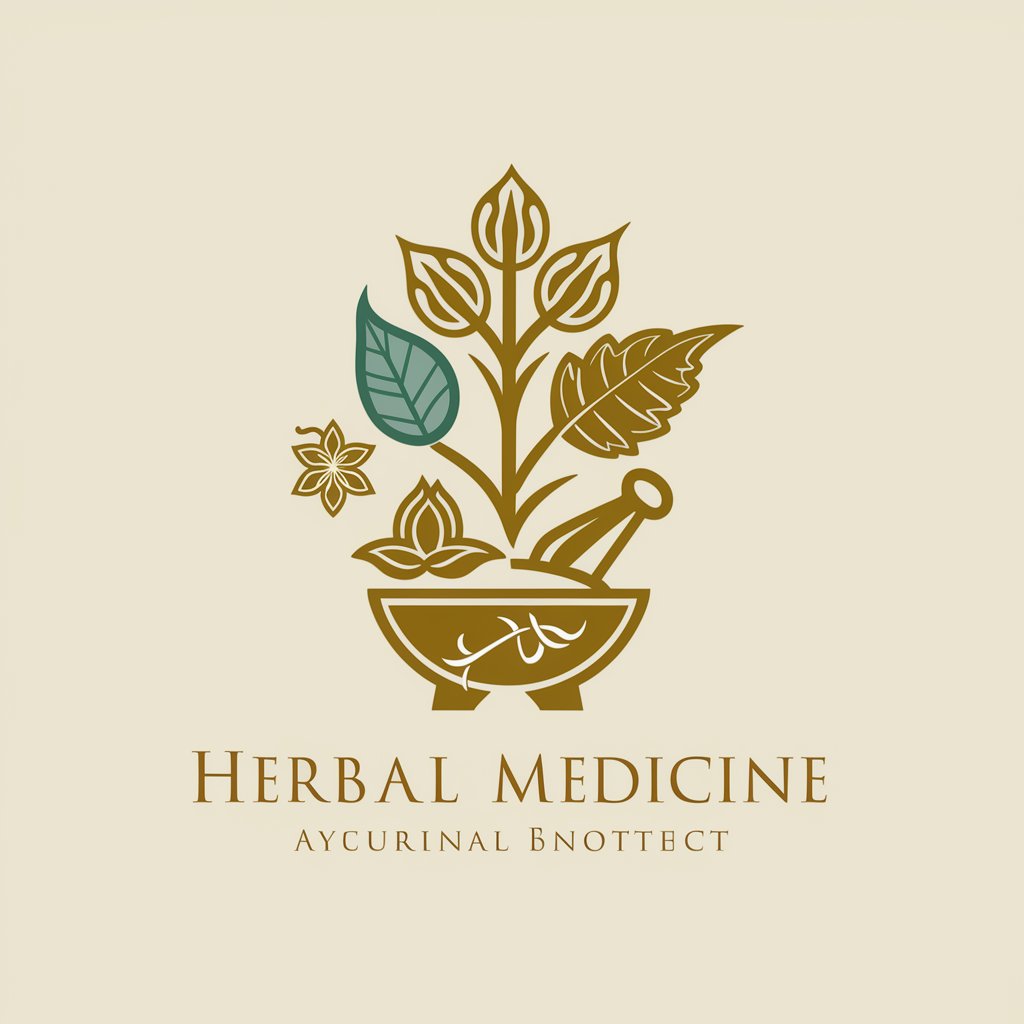
Hello! Let's identify your plant and explore its medicinal uses.
Discover Nature's Secrets with AI
Describe the key characteristics for identifying the medicinal plant in your photo.
What are the benefits and uses of the plant you need help identifying?
How can I prepare a tincture from the plant in the image you provided?
Can you explain the traditional uses of this plant in Chinese and Ayurvedic medicine?
Get Embed Code
Introduction to Plant ID
Plant ID is a specialized tool designed to identify plants, provide detailed information on their harvesting, preparation, and uses, and offer guidance on creating various herbal preparations such as tinctures, teas, salves, and decoctions. It's built to serve as an extensive resource for understanding plants from multiple perspectives including botanical identification, medicinal properties, and practical applications. An example scenario illustrating its purpose might involve a user finding an unknown plant in their garden. Using Plant ID, they can submit a photo or describe the plant's characteristics. Plant ID then processes this information to not only identify the plant but also explain how to recognize it through specific identification markers, discuss its benefits and uses in different traditional medicine systems (Chinese, Ayurvedic, and Western), and guide the user on how to safely harvest and prepare the plant for use. Powered by ChatGPT-4o。

Main Functions of Plant ID
Plant Identification
Example
Identifying a dandelion (Taraxacum officinale) from a photograph by its distinctive rosette of jagged leaves and bright yellow flowers.
Scenario
A user comes across a plant in their backyard and uses Plant ID to identify it as a dandelion, learning about its edible leaves and roots, and its use as a liver tonic in herbal medicine.
Harvesting and Preparation Guidance
Example
Explaining the best time and method to harvest lavender (Lavandula) for optimal potency, including drying techniques for its flowers.
Scenario
A user wants to make lavender tea for relaxation and sleep improvement. Plant ID provides detailed instructions on harvesting lavender at the right time, drying the flowers, and preparing the tea.
Medicinal Uses and Benefits
Example
Detailing the anti-inflammatory properties of turmeric (Curcuma longa) and its application in Ayurvedic medicine to improve digestion and support joint health.
Scenario
A user interested in natural remedies for inflammation is guided on how to use turmeric both in cooking and as a supplement, including making a turmeric paste for topical application.
Herbal Preparation Recipes
Example
Providing a step-by-step recipe to create a St. John's Wort (Hypericum perforatum) tincture for its mood-stabilizing benefits.
Scenario
A user seeks a natural way to manage mood swings. Plant ID offers a detailed recipe for making a St. John's Wort tincture, including the ratio of herb to alcohol, maceration time, and dosage recommendations.
Ideal Users of Plant ID Services
Gardening Enthusiasts
Individuals who enjoy gardening and wish to expand their knowledge of the plants in their care, identify unknown species, and learn about the edible or medicinal uses of their garden plants.
Herbal Medicine Practitioners
Professionals or students in the field of herbal medicine seeking detailed botanical information, traditional uses, and preparation methods for medicinal plants.
Outdoor Enthusiasts and Foragers
People who love spending time in nature, foraging for wild plants, and learning about survival skills, edible wild plants, and natural remedies.
Natural Product Developers
Individuals involved in creating natural health products, cosmetics, or culinary creations who require accurate plant identification and information on extraction methods, active compounds, and traditional uses.

How to Use Plant ID
1
Visit yeschat.ai for a free trial without login, also no need for ChatGPT Plus.
2
Upload a clear, well-lit photo of the plant you wish to identify. Ensure the key features such as leaves, flowers, or bark are visible.
3
Describe any additional details or context about the plant, including location, size, and any notable characteristics.
4
Review the identification provided by Plant ID, which includes the plant's name, characteristics, and its uses in various traditional medicines.
5
Explore detailed instructions for harvesting, preparation, and uses of the plant, including making tinctures, teas, and other herbal remedies.
Try other advanced and practical GPTs
BITCOINON 🧪
Stay Ahead with AI-Powered Bitcoin News

PromptGenius
Inspiring Artistic Vision with AI

Hypermod GPT
Transform code effortlessly with AI.

扑克24点游戏兼记忆训练辅助
Enhance Memory and Math Skills with AI

Business Marketing Consultant
Empower Your Marketing with AI

模擬面接くん
Ace Your Interviews with AI-Powered Prep

Herbal Advice
Empowering Wellness with AI-Powered Herbal Insights
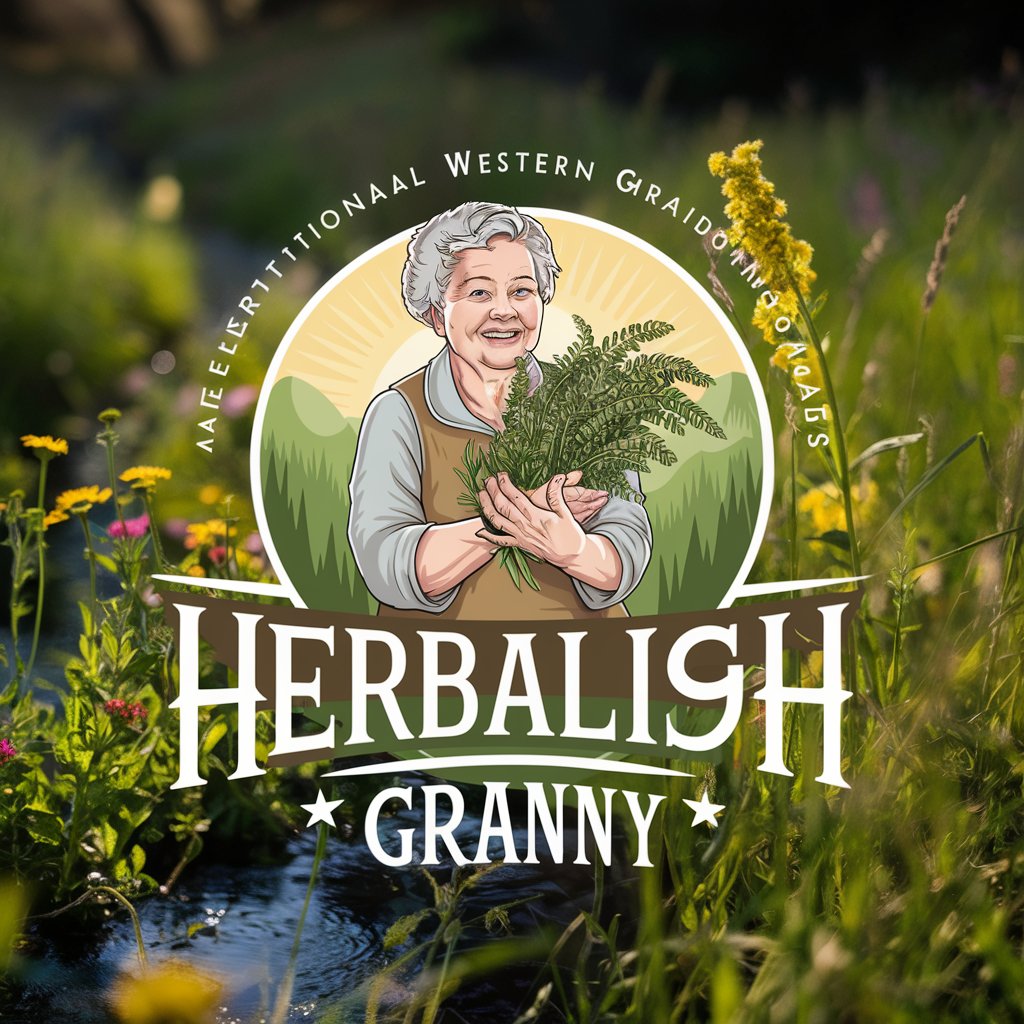
Comic Script Wizard
Bringing Stories to Life with AI

Quantum Consciousness Explorer
Exploring consciousness with quantum AI power.

T3(P)
Empowering Communication with AI

Alex Hormozi Insights GPT
Empowering Decisions with AI-Powered Business Wisdom

Origin Tracker
Trace Content to Its Source with AI

Frequently Asked Questions About Plant ID
Can Plant ID identify any plant from a photo?
Plant ID is designed to identify a wide range of plants using photos. However, the accuracy depends on the quality of the photo and the distinctiveness of the plant's features.
Does Plant ID provide information on medicinal uses of plants?
Yes, Plant ID provides detailed information on the medicinal uses of plants, including their application in Chinese, Ayurvedic, and Western herbal medicine.
How accurate is Plant ID in identifying plants?
Plant ID's accuracy is high, but it can vary based on factors like photo quality and the plant's distinctiveness. It's always advised to cross-check with additional sources.
Can Plant ID help in preparing herbal remedies?
Yes, Plant ID offers detailed instructions on preparing various herbal remedies such as tinctures, teas, salves, and decoctions.
Is Plant ID suitable for educational purposes?
Absolutely, Plant ID is a valuable tool for educational purposes, providing in-depth information about plant identification, their characteristics, and uses in different traditional medicines.
